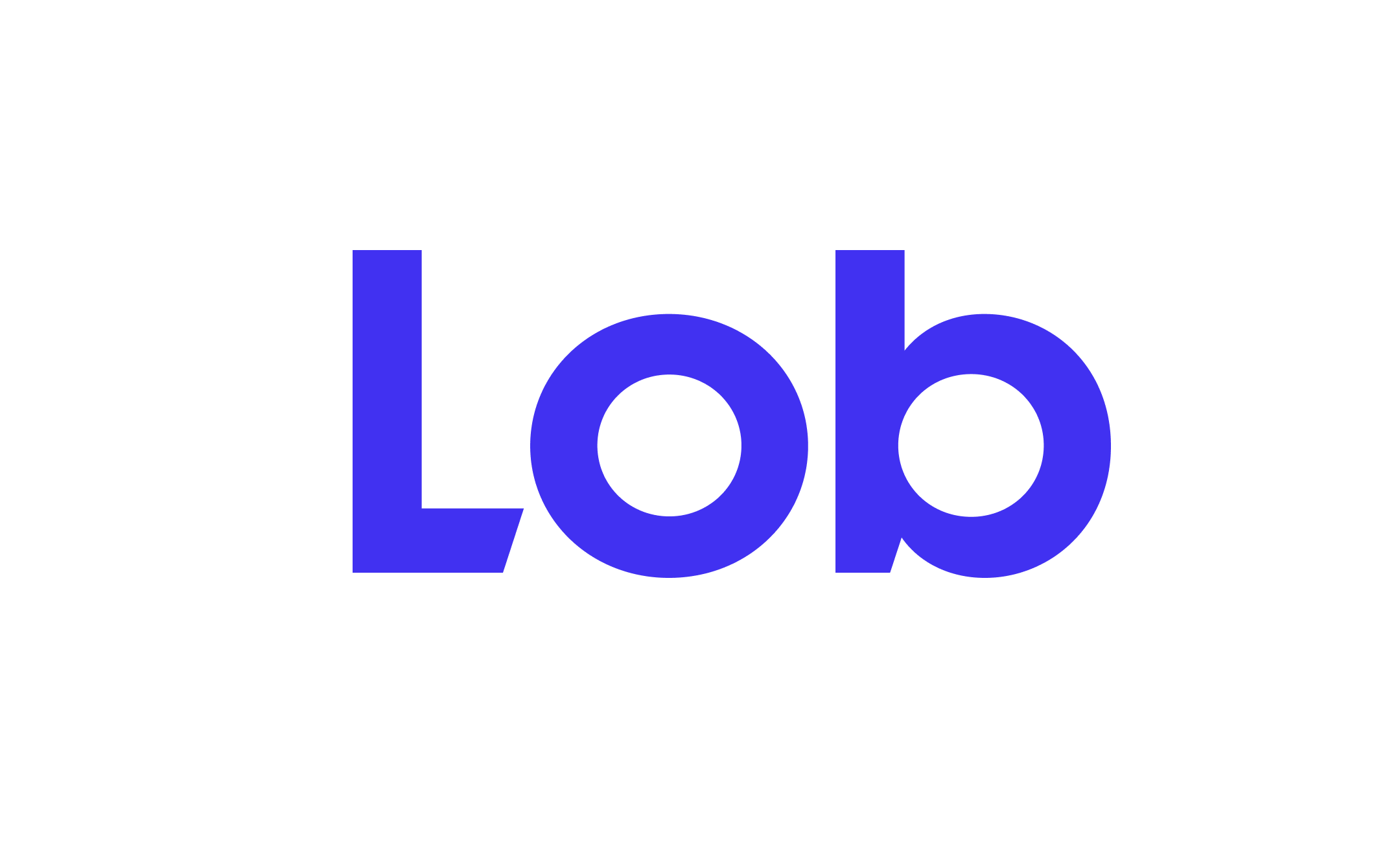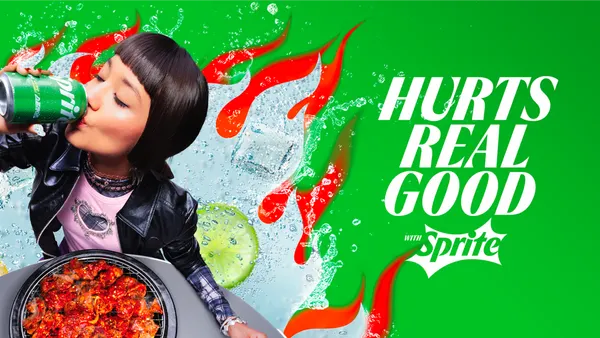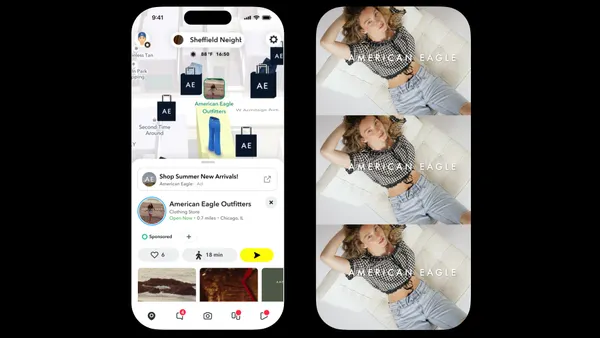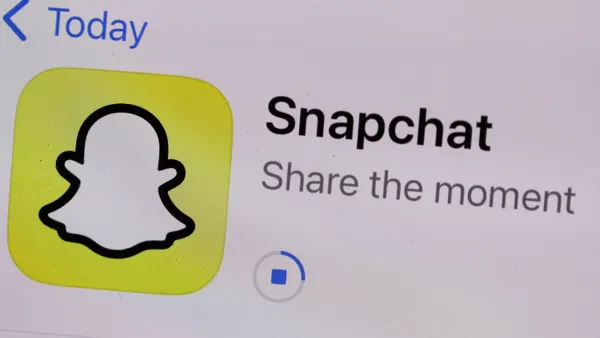Dive Brief:
- Google announced that new YouTube Partner Program channels will now be required to have 1,000 subscribers and 4,000 hours of watch time within the past year, in addition to the current requirement that they have 10,000 total views, in order to be eligible for ads, according to a Google Inside AdWords blog post. The new requirement will go into effect on Feb. 20.
- A second change will see channels included in the Google Preferred program — which aggregates YouTube's top content for advertisers — being manually reviewed going forward, with only verified videos that meet new ad guidelines running ads, the post said. Google plans to complete the reviews in the U.S. by mid-February.
- Google also announced plans to launch a three-tier “suitability system” allowing advertisers to voice what they think are appropriate brand placements. Google is also currently in beta with Integral Ad Science to create a third-party brand safety reporting tool for YouTube. The company has other third-party measurement tools in the works.
Dive Insight:
With the new vetting requirements, Google hopes to assure advertisers that content will appear only in brand-safe places, so that they can continue to have access to the billions of YouTube users worldwide. Broadening the criteria for monetization eligibility to include channel size, audience engagement and creator behavior means Google can better shortlist channels that are both safe and a good fit for the brand.
The changes for YouTube creators suggest Google is bowing to pressure from the general public and advertisers following a string of incidences over the past year when videos were called out for content that is fake or otherwise distasteful, leading some advertisers to cut their YouTube budgets. The recent removal of creator Logan Paul from the Google Preferred program following his posting of a video showing a suicide victim is just the most recent example of how YouTube is dominating the broader conversation around digital content quality.
For creators, the news adds more hoops they need to jump through in order to be able to make money from ads. The requirements shouldn't be too onerous for creators who already have a large audience but are likely to make it more difficult for those just getting started to make money.
The focus on brand safety has been impacting content creators directly, with some losing up to 80% of their monthly revenue, according to reports. This could lead creators to pare back their offerings or move to a different platform, like Amazon’s Twitch. Fewer creators, especially ones deemed “safe,” could give advertisers fewer placement opportunities and impact YouTube’s advertising revenue.
Google’s blog post highlighting how it will monetize YouTube in the future confirms reports that have been circulating that Google would begin reviewing premium YouTube videos to address issues that inappropriate content is appearing next to brand messages. Google’s announcement also confirms reports that it will use human moderators and artificial intelligence software to screen and flag Google Preferred videos.











